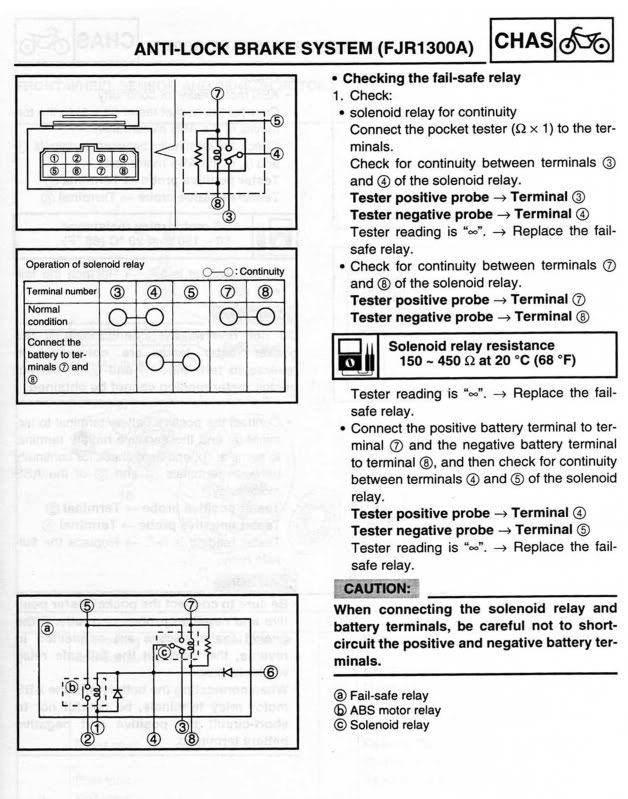SkooterG
Purveyor of Crooked Facts
These fat pigs will go down fast with a locked front wheel. Even in gravel.
ps...there was no way I was going to go out and test the front ABS on a gravel road!
I've done it many a time with no drama whatsoever. 20mph on gravel, stab the front brake lever quickly. Momentary lock up (or not with abs engagement) and then it continues on it's way. As I say. NO drama whatsoever. That's how I tested the FJR I am having problems with. And no, the front abs does not work on mine either.
I have also done it many a times on pavement. It's just a LOT harder to do. A LOT more braking force required to get the front to lock or abs to engage.
I think people are nuts who don't test and activate their abs every once in a while.































































